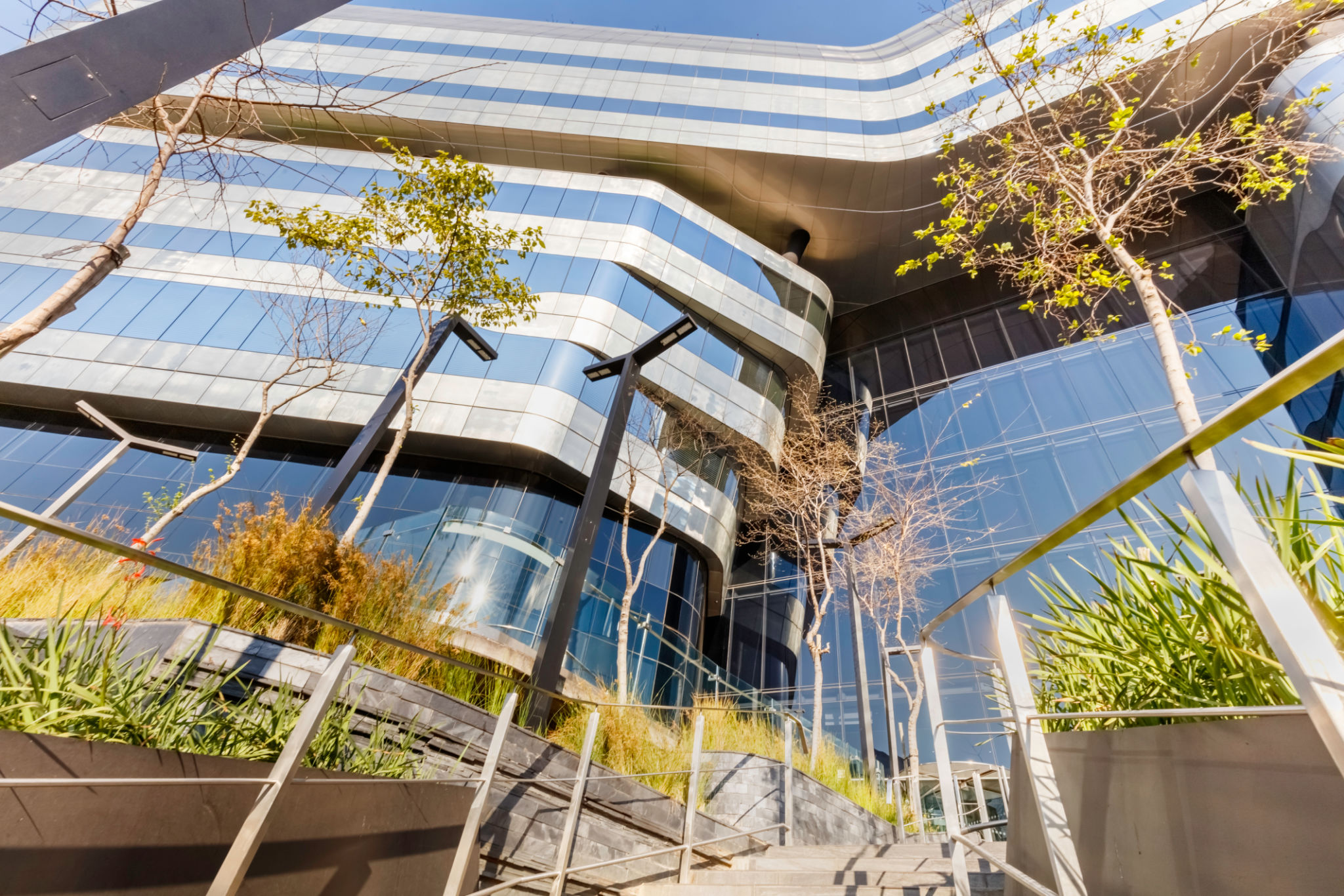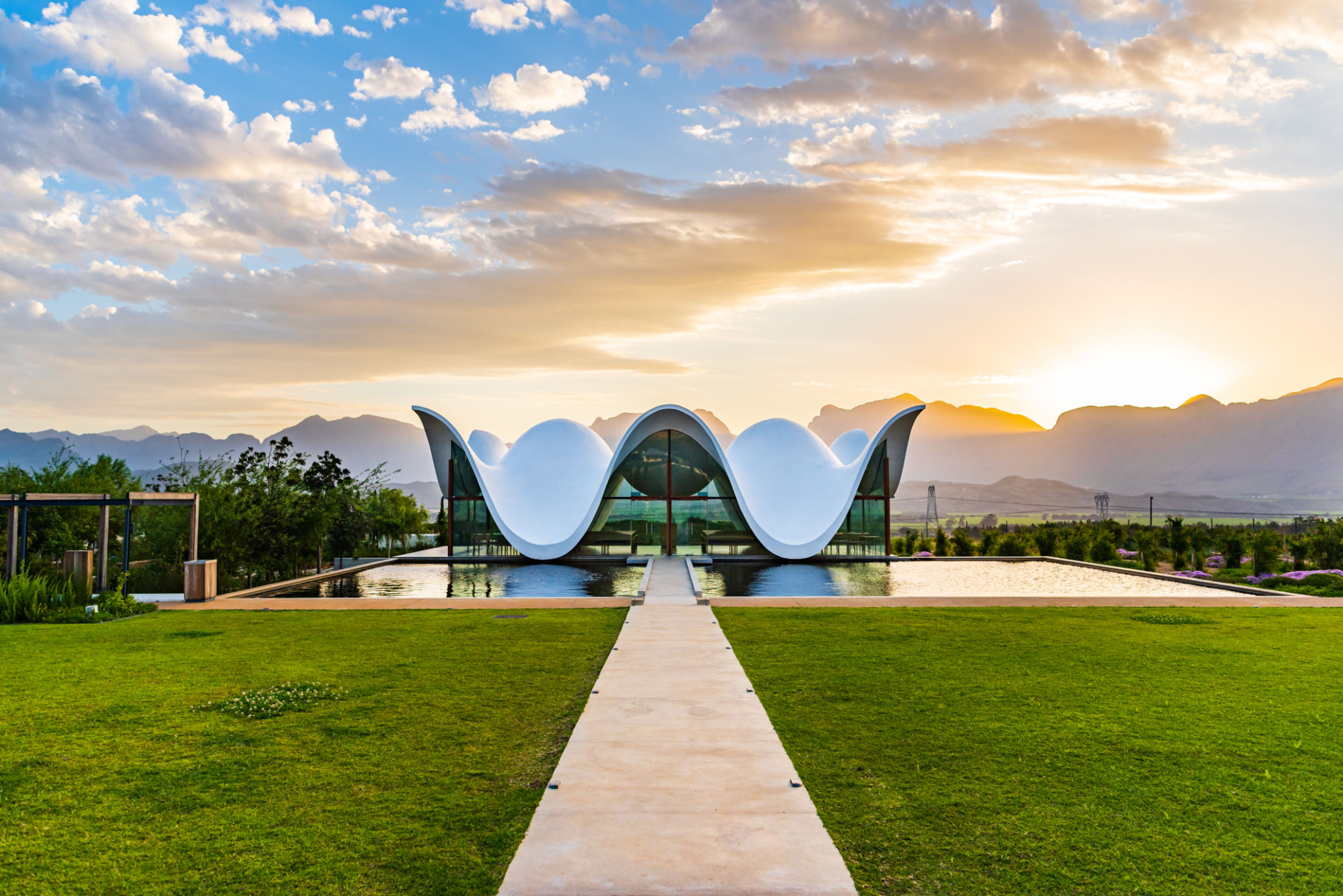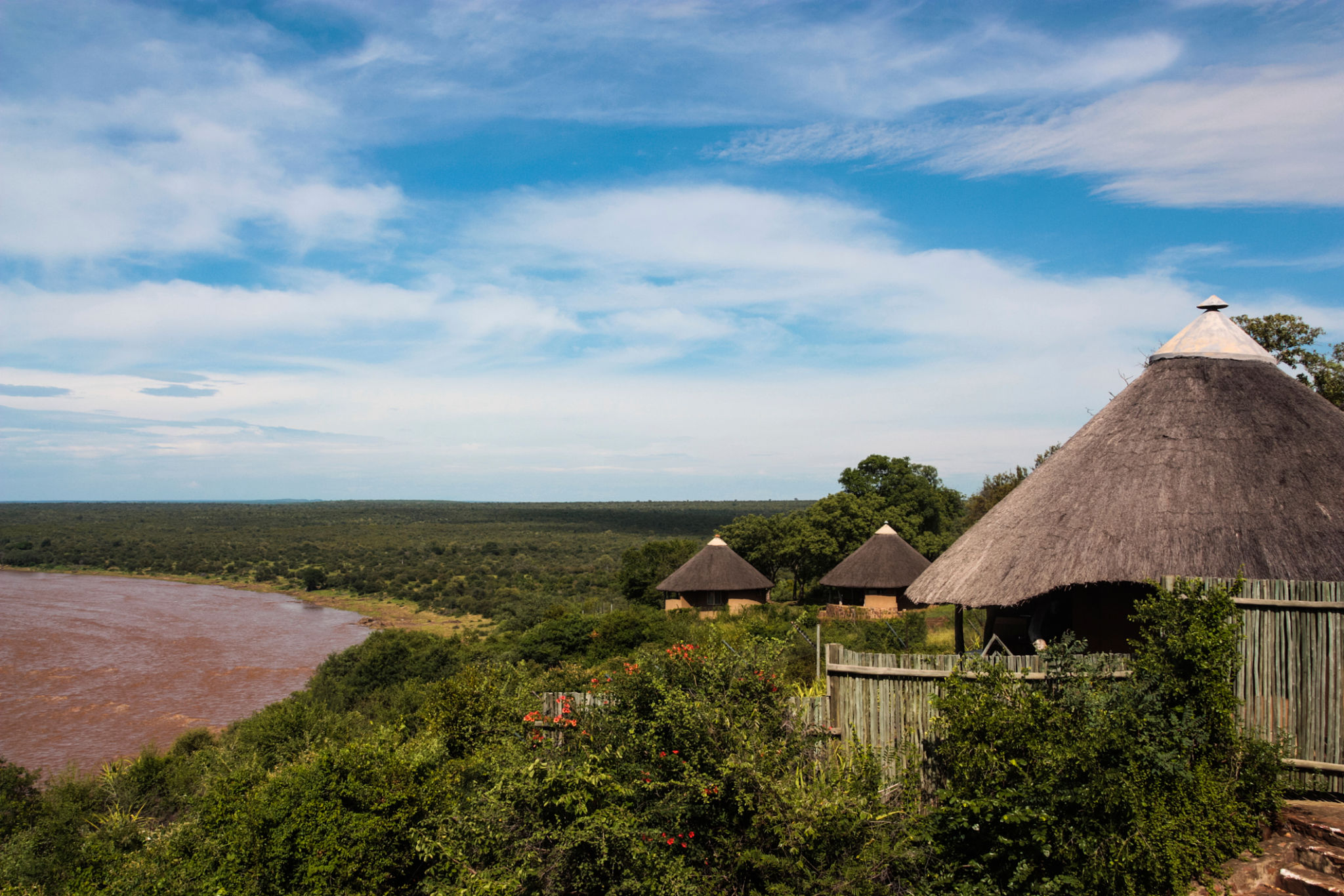Blending with the Environment: Nature-Inspired Architecture in South Africa
South African architecture has long been influenced by the natural environment, resulting in a unique blend of sustainability, innovation, and aesthetics. From the sprawling plains of the savannah to the rugged coastline of the Cape, the country’s diverse landscapes inspire buildings that harmonize with nature, creating spaces that are both functional and beautiful. In recent years, the push towards eco-friendly, sustainable architecture has only heightened this trend, with architects and construction firms working to craft buildings that not only serve their purpose but do so with minimal environmental impact. In this blog post, we explore the profound influence of nature on South African architecture, shedding light on how local designs are blending seamlessly with the environment.
1. The Influence of South Africa’s Diverse Ecosystems
South Africa’s varied landscapes play a significant role in shaping its architecture. The vast differences between the country’s ecosystems—from the semi-arid Karoo to the lush forests of Mpumalanga—demand adaptive architectural styles that respond to the environment. The architectural responses in each region are tailored to the natural materials available, the climate, and even the wildlife.
For instance, coastal homes along the Western Cape are often built with large windows to maximize natural light and offer panoramic views of the ocean, blending into the rocky terrain. Meanwhile, in regions such as the Lowveld, structures are designed with cooling strategies like open courtyards, shaded verandas, and natural ventilation systems, mitigating the region’s warm, humid climate.

2. Indigenous Knowledge and Vernacular Architecture
A key feature of nature-inspired architecture in South Africa is its deep roots in vernacular architecture, which draws from indigenous building techniques passed down through generations. These structures, crafted from locally sourced materials like clay, stone, and thatch, reflect a centuries-old understanding of sustainable design.
For example, traditional Zulu huts (iQukwane) are built using a combination of mud, grass, and wooden poles. These materials not only provide natural insulation but are also biodegradable, highlighting the inherent sustainability of these ancient methods. Contemporary architects are increasingly incorporating these indigenous methods into modern designs, merging traditional wisdom with modern technology to create buildings that are both sustainable and culturally significant.

3. Biophilic Design: Bringing Nature Indoors
Biophilic design—an architectural approach that seeks to connect occupants with nature—has gained immense popularity in South Africa’s urban areas. This design philosophy integrates natural elements like water, greenery, and natural light into built environments, promoting health and well-being.
South African buildings incorporating biophilic design elements often feature:
- Green walls and roofs covered in local vegetation to reduce heat.
- Water features and natural ventilation systems to enhance indoor air quality.
- Courtyards and atriums that bring sunlight into the heart of urban buildings.
In Johannesburg and Cape Town, some of the most iconic modern buildings reflect this trend. From lush indoor gardens in office complexes to rooftop urban farms, biophilic architecture is enhancing the relationship between urban spaces and the natural world.

4. Sustainable Materials and Green Building Practices
With the construction industry accounting for a large portion of global CO2 emissions, South African architects are prioritizing sustainability in new projects. The use of sustainable materials and green building practices is essential in reducing environmental impacts and achieving energy-efficient designs.
In South Africa, many architectural firms are now implementing green building standards, such as the Green Star certification. This involves using eco-friendly materials like recycled timber, bamboo, and low-energy glass. Many buildings also incorporate passive solar heating, rainwater harvesting systems, and energy-efficient lighting to further reduce their ecological footprint.
One notable example is the "Bosjes Chapel" located in the Western Cape. This minimalist structure combines modernity with its natural setting, utilizing eco-friendly materials while complementing the surrounding landscape. Its design not only pays homage to the beauty of its environment but also emphasizes the importance of sustainability in architecture.

5. Architecture that Respects Wildlife and the Landscape
Given South Africa’s wealth of wildlife and natural reserves, there is a growing trend towards architectural designs that respect the local ecosystems and biodiversity. Game lodges, eco-resorts, and even residential homes are now being built with minimal disruption to the environment. These projects aim to create harmony between the built environment and the natural surroundings.
In the Kruger National Park and other wildlife reserves, lodges are designed to blend into the landscape, with many using elevated platforms to prevent wildlife disturbance and to minimize their footprint. Materials are often sourced locally, and designs prioritize water conservation, natural cooling, and energy efficiency. These lodges also serve as a model for future developments, highlighting how architecture can coexist with nature rather than compete against it.

Conclusion: A Future Where Architecture and Nature Coexist
The future of architecture in South Africa is undoubtedly one where the built environment and nature coexist harmoniously. Whether through biophilic design, indigenous building techniques, or green construction practices, the country’s architects are paving the way for a more sustainable and nature-inspired approach to design.
As we continue to face environmental challenges, these nature-inspired solutions will become increasingly important—not just in South Africa but globally. South African architecture, with its unique blending of traditional and modern techniques, offers valuable insights for other nations seeking to design with nature in mind.
What are your thoughts on nature-inspired architecture in South Africa? Have you come across any buildings or designs that truly blend with their environment? Share your experiences and thoughts in the comments below! We’d love to hear your insights on this important and ever-evolving topic.
